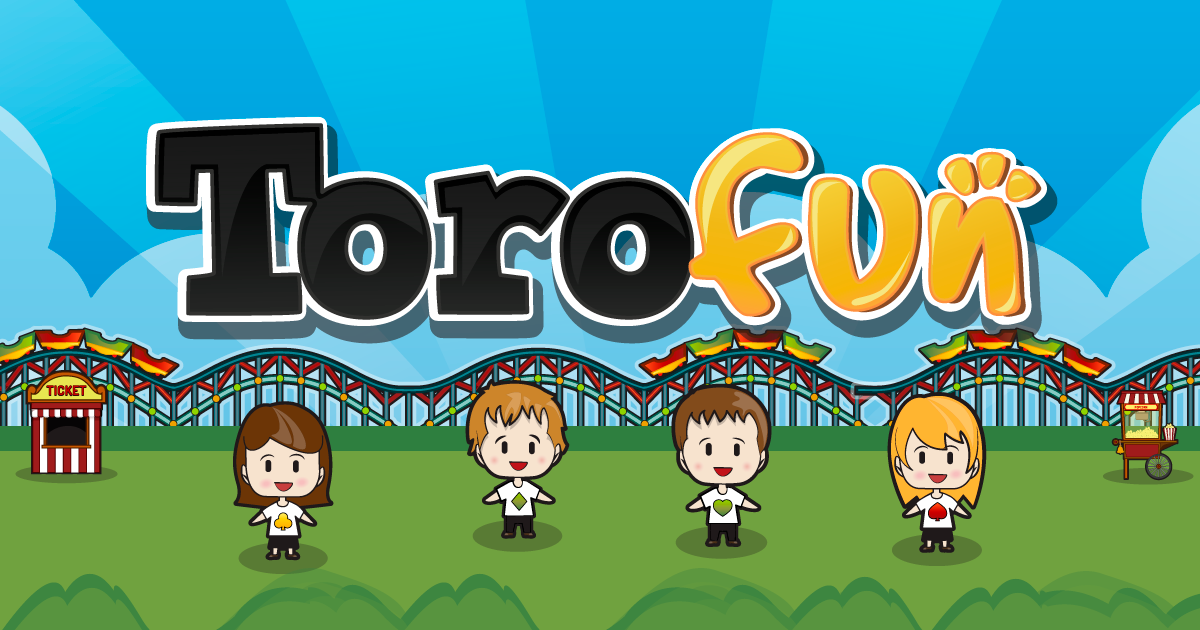In the vast field of games, there is a fascinating interaction between traditional board and card games and the dynamic world of video games. Though seemingly disparate, these two forms of media share a rich history of cross-pollination, where mechanics, strategies and even narratives have flowed freely between them. In this blog entry, we embark on a journey to explore the deep impact that card games and board games have on today’s video games, unravelling the intricate threads that connect these seemingly distinct forms of entertainment.
Historical parallels:
In order to understand the influence of board games on video games, it is essential to delve into their shared history. Both media have their roots in ancient forms of entertainment and have evolved along with technological advances. Board games, with their tactile components and social interactions, served as precursors to the digital field, providing a foundation upon which game developers can build. In this same way, the first video games were inspired by the concepts of board games, adapting them to the digital format. Classics such as “Pong” and “Space Invaders” have traces of the traditional game mechanics found in board games such as “Pong”, echoing the simplicity of table tennis.
Roots in strategy and tactics:
Since the first iterations of games, strategy and tactics have been fundamental elements which unite board games and video games. Traditional board games such as chess and go laid the foundations for strategic thinking, influencing video game genres such as real-time strategy (RTS) and turn-based strategy (TBS). Games such as Age of Empires and Civilization are indebted to the strategic depth and player agency found in their board game predecessors.
Similarly, card games such as Poker and Bridge introduced concepts such as bluffing, hand management and resource allocation which have been incorporated into video game genres which range from collectible card games (CCG) like Hearthstone to deck-building roguelikes such as Slay the Spire. The meticulous planning and decision-making required in card games have become defining characteristics of many video game experiences, encouraging engagement and replayability.
Social interaction and community:
Card games and board games have long served as social catalysts, bringing friends and family together to share experiences and memorable moments. The collaborative spirit of board games has left an indelible mark on the multiplayer aspects of video games, with titles such as Among Us and Fall Guys capturing the essence of social deduction and party games.
In addition, the rise of online multiplayer video games has facilitated virtual communities reminiscent of the camaraderie found at local game nights. MMORPGs (massively multiplayer online role-playing games) like World of Warcraft and Final Fantasy XIV offer players opportunities to collaborate, compete and form lasting friendships in expansive virtual worlds inspired by the communal aspects of board games.
Emergent gameplay and player creativity:
One of the defining characteristics of card games and board games is the capacity for emergent play, where unforeseen interactions between rules, components and players give rise to novel experiences. This spirit of experimentation and creativity has found fertile ground in the sandbox environments of video games such as Minecraft and Terraria, where players have the power to shape and explore procedurally generated worlds.
In addition, the modding communities that surround many video games exemplify the DIY spirit of card games and board games, which allows players to personalise, adjust and remix the game mechanics and adapt them to their preferences. Games like The Elder Scrolls V: Skyrim owe much of its enduring popularity to a vibrant ecosystem of player-created content that extends its lifespan well beyond its initial release.
Accessibility and adaptability:
Although the tactile nature of card games and board games has its appeal, the advent of digital platforms has democratised access to gaming experiences, making them more inclusive and accessible to a wider audience. Mobile adaptations of board games such as Ticket to Ride and Carcassonne have introduced countless players to the joys of board games, while digital shops such as Steam and itch.io offer a wide range of indie video games inspired by traditional games.
In addition, the adaptability of the mechanics of card games and board games to the digital formats has enabled innovative hybrids such as digital board games and card games, blurring the lines between physical and digital gaming. Titles such as Gloomhaven: Digital Edition and Slay the Spire offer faithful adaptations of their tabletop counterparts while taking advantage of the convenience and versatility of digital platforms.
In addition, game designers have experimented with incorporating augmented reality (AR) and virtual reality (VR) elements into traditional board game formats, creating immersive and interactive experiences that bridge the gap between the physical and digital worlds. This innovative hybridisation reflects the ongoing dialogue between board games and video games, pushing the boundaries of what games can be.
Conclusion:
Reflecting on the intertwined evolution of card games and board games with video games, it becomes clear that their influence transcends mere mechanics and aesthetics. These media serve as mirrors which reflect our collective desire for challenge, camaraderie and creative expression. Whether gathered around a table or immersed in a virtual world, players continue searching for experiences which capture their imagination and ignite their passions for gaming. While we navigate through the ever-expanding landscape of games, we appreciate the enduring legacy of card games and board games, as they are the foundation on which our digital adventures are built.












